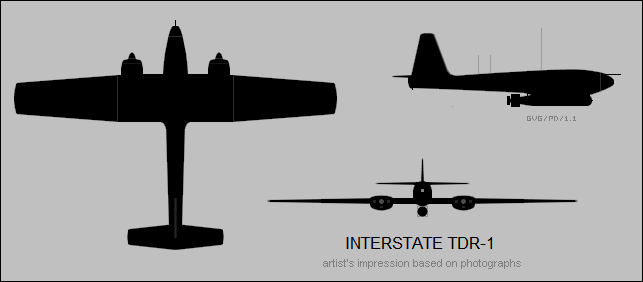 | ||
The Interstate TDR was an early unmanned combat aerial vehicle — referred to at the time as an "assault drone" — developed by the Interstate Aircraft and Engineering Corporation during the Second World War for use by the United States Navy. Capable of being armed with bombs or torpedoes, 2000 aircraft were ordered, but only around 200 were built. The type saw some service in the Pacific Theater against the Japanese, but continuing developmental issues affecting the aircraft, along with the success of operations using more conventional weapons, led to the decision being made to cancel the assault drone program in October 1944.
Contents
- Design and development
- Operational history
- Variants and operators
- Operators
- Aircraft on display
- Specifications TDR 1
- References

Design and development
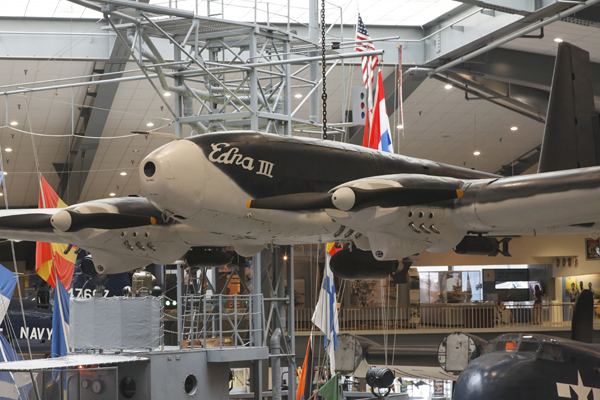
In 1936, Lieutenant Commander Delmar S. Fahrney proposed that unpiloted, remotely controlled aircraft had potential for use by the United States Navy in combat operations. Due to the limitations of the technology of the time, development of the "assault drone" project was given a low priority, but by the early 1940s the development of the radar altimeter and television made the project more feasible, and following trials using converted manned aircraft, the first operational test of a drone against a naval target was conducted in April 1942. That same month, following trials of the Naval Aircraft Factory TDN assault drone, Interstate Aircraft received a contract from the Navy for two prototype and 100 production aircraft to a simplified and improved design, to be designated TDR-1.
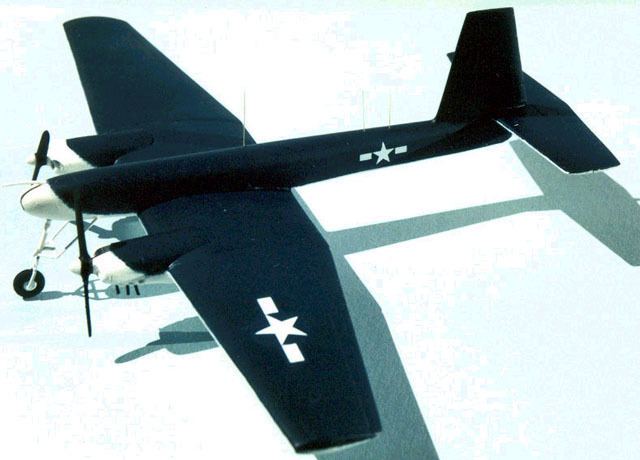
Control of the TDR-1 would be conducted from either a control aircraft, usually a Grumman TBF Avenger, with the operator viewing a tv screen showing the view from a camera mounted aboard the drone along with the radar altimeter's readout, or via a pilot on board the TDR-1 for test flights. Powered by two Lycoming O-435 engines of 220 horsepower (160 kW) each, the TDR-1 used a remarkably simple design, with a steel-tube frame constructed by the Schwinn bicycle company covered with a molded wood skin, thus making little use of strategic materials so as not to impede production of higher priority aircraft. Capable of being optionally piloted for test flights, an aerodynamic fairing was used to cover the cockpit area during operational missions. The TDR-1 was equipped with a fixed tricycle landing gear, that on operations would be jettisoned following takeoff for improved performance.
Operational history
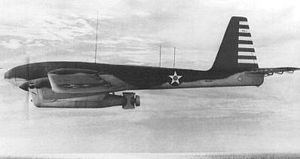
Under the code-name Operation Option, the Navy projected that up to 18 squadrons of assault drones would be formed, with 162 Grumman TBF Avenger control aircraft and 1000 assault drones being ordered. However technical difficulties in the development of the TDR-1, combined with a continued low priority given to the project, saw the contract modified with the order reduced to only around 300 aircraft. A single TDR-1 was tested by the U.S. Army Air Forces as the XBQ-4, however no production contract resulted from this testing.
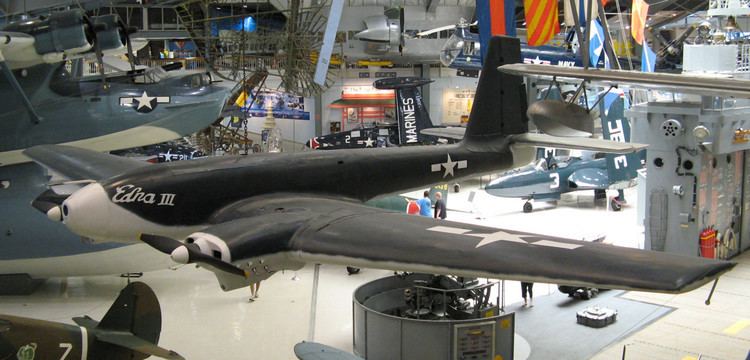
In 1944, under the control of the Special Air Task Force (SATFOR), the TDR-1 was deployed operationally to the South Pacific for operations against the Japanese. TDR-1 aircraft equipped a single mixed squadron (Special Air Task Group 1) along with TBM Avenger control aircraft, and the first operational mission took place on September 27, conducting bombing operations against Japanese ships. Despite this success, the assault drone program had already been canceled after the production of 189 TDR-1 aircraft, due to a combination of continued technical problems, the aircraft failing to live up to expectations, and the fact that more conventional weaponry was proving adequate for the defeat of Japan. The final mission was flown on October 27, with 50 drones having been expended on operations, 31 aircraft successfully striking their targets, without loss to the pilots of STAG-1.
Following the war, some TDR-1s were converted for operation as private sportsplanes.
Variants and operators

Operators
Aircraft on display
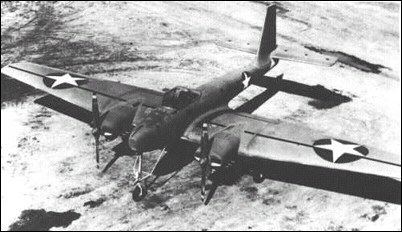
A single example of the TDR-1 survives, and is on display at the U.S. Navy's National Museum of Naval Aviation in Pensacola, Florida.
Specifications (TDR-1)
Data from Parsch
General characteristics

Performance
Armament
